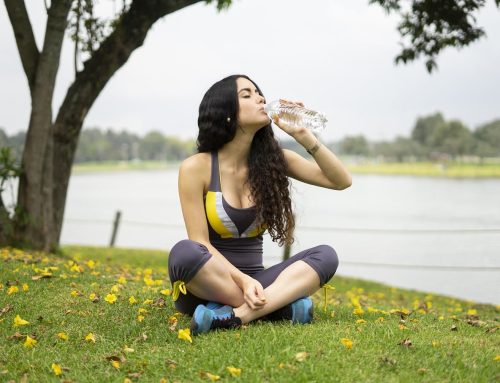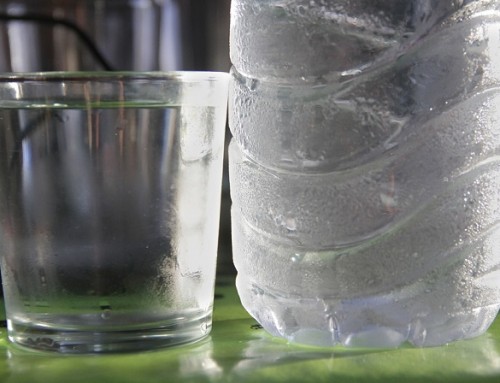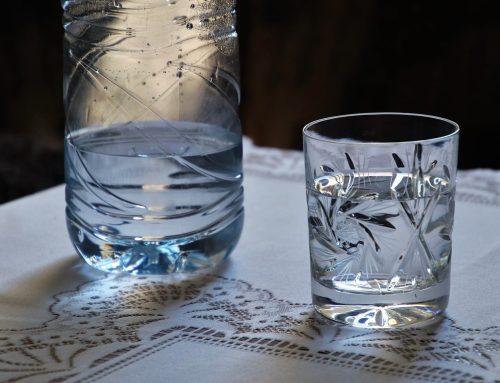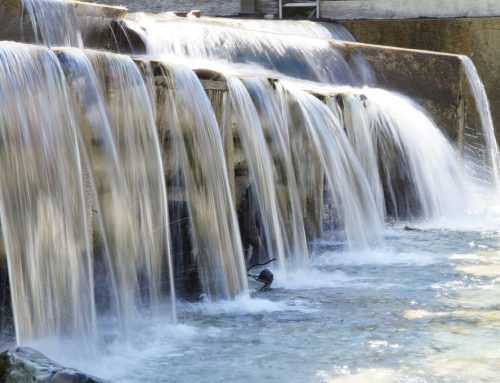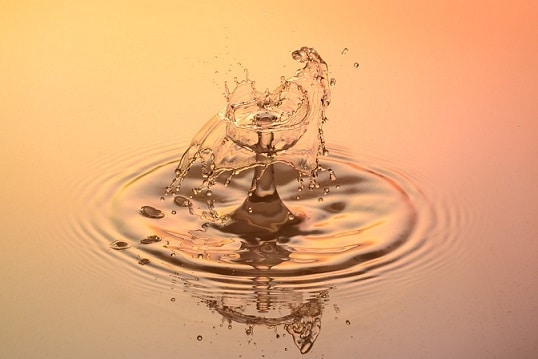 There is so much talk about saving water and recycling water and limiting one’s water footprint, but just what is a water footprint exactly?
There is so much talk about saving water and recycling water and limiting one’s water footprint, but just what is a water footprint exactly?
A water footprint is the measure of the amount of water that is used to produce each of the goods and services we use. Normally we will not think about this, and if we happen to, it is probably something in the vein of x amount of litres of water was used to grow our vegetables, and it stops there.
In actual fact, every single thing that we use or consume has a water footprint, and it can be measured for a single process as mentioned above, or it can be measured on a large scale such as for an entire multi-national company, a particular country or globally.
The global water footprint is the measure of humanity’s appropriation of fresh water in volumes of water consumed and/or polluted.
A water footprint allows us to find out where the water dependence in a company’s operations or supply chain is; whether water regulations are actually protecting our water resources; whether our food and energy supplies are secure or not, and allows us to figure out what we can do to minimise our own water footprint.
A water footprint is measured in various ways, depending on in what context it is being measured; it can be measured per hectare of cropland; in cubic metres per tonne of production; per unit of currency or in various other ways.
It is as important to know what our limited freshwater resources are being used for, how much is being used and how much is being polluted as it is to know where the water is taken from and when, because the water footprint and what impact it will have will be more significant if it is from a place where water is already scarce.
Some interesting water footprints that most of us are unaware of:
- The water footprint of a 150-gramme soy burger produced in the Netherlands is about 160 litres. A beef burger from the same country costs on average about 1000 litres. [Source: UNESCO]
- To produce one kilogramme of beef requires approximately 15 thousand litres of water; this varies globally. The precise footprint of a piece of beef depends on factors such as the type of production system and the composition and origin of the feed of the cow. [Source: UNESCO]
Hire water coolers and buy water coolers online from Living-Water. Get bottled water dispensers and mains water dispensers in London.

